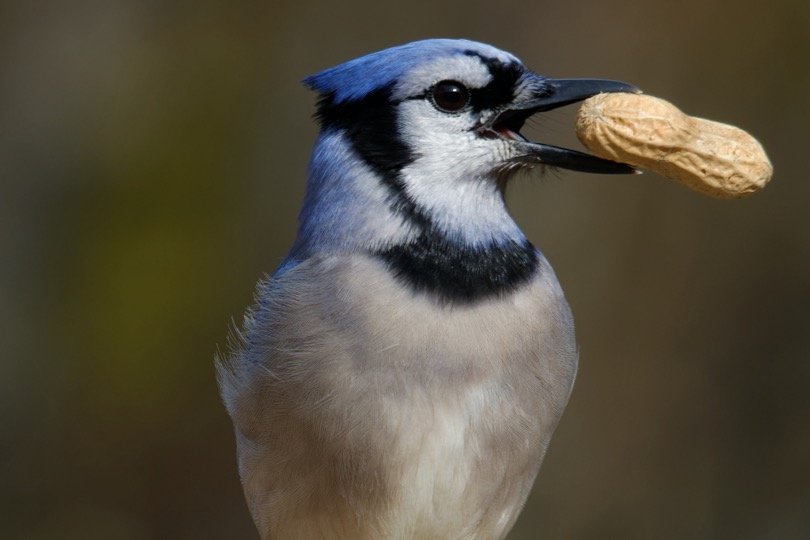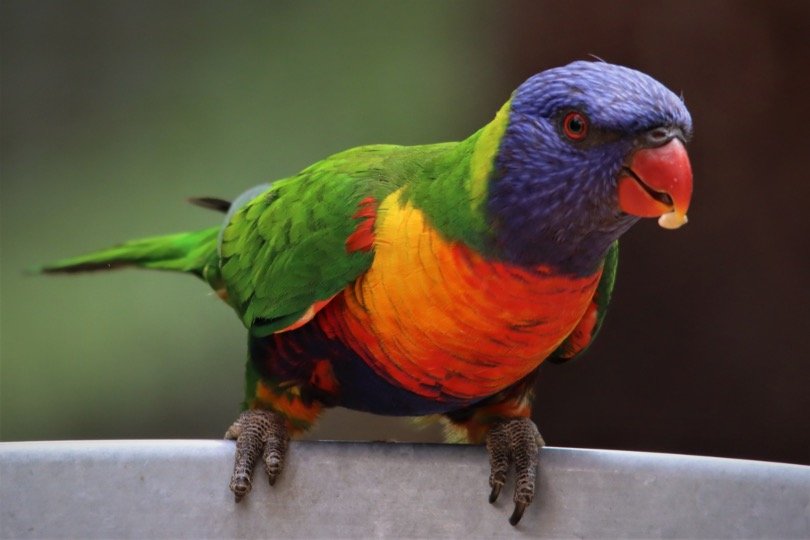
How Do Birds Eat?
Birds don’t really chew or digest food in the same manner that humans and other animals do. Knowing the different digestive systems and eating processes of birds will help birders learn more about the best meals for birds and why a good diet is crucial for all birds.
Bird Eating Behavior
The first step is understanding more about birds’ feeding habits and digestion is to observe when and how they eat. Birds forage most actively in the morning and evening to recharge after a sleepless session and start stocking up for the next night, although they feed at any time of day.
Observe birds ingesting different dishes and monitor their behavior beforehand, during, and after a meal to better understand avian digestion.
• What is the activity level of feeding locations at various times of the day?
• Which foods are perhaps the most famous, and which are the least?
• Do birds eat food in little bits, split it up, or eat everything in it?
• How fast can a bird take many bites?
• Is the bird at the feeder or does it fly away between bites?
• Is the bird hiding food or eating it all at once?
• Is the bird active soon after feeding, or does it rest?
Close observation will reveal how birds handle their food when eating and how their body responds while digesting.
You may also like to read;
How Do Birds Mate? Everything You Need To Know
How Fast Can An Ostrich Run? Everything You Need To Know
How Birds Digest Their Food?
Digestion is a multiphase procedure that starts with the discovery of food and finishes with the expulsion of indigestible waste from the bird’s body.
1. Finding Food: Because birds have diverse diets and tastes, they locate food in a variety of methods. They are all promiscuous eaters that will try a variety of foods. More belligerent species will defend preferred food sources, and some birds may store food for future use. When a bird finds food, the process of eating and digesting may begin.
2. Swallowing and Chewing: Birds have adapted bills to assist them take bites, but they do never chew in the same way that people do. Consequently, birds would either ingest food whole or split it into smaller pieces if it is too enormous or uncomfortable to take whole.
Some birds use their beak to rip or shred food, such as fruit or prey, or to break up tougher portions of nuts or huge seeds. Birds may sometimes beat their meal against a rock or limb to help break it up, and they may include using their talons to store food as they split it up.
Birds tip their necks back to transfer the bite to the rear end of the throat, and their tongues assist in manoeuvring the meal into a favourable swallowing posture. Saliva also aids in the digestion of meals.
3. The Digestive Tract: A bird’s digestive tract is made up of several organs. Food travels from the bill down the oesophagus and into the crop, which stores surplus food so the bird could digest it leisurely. The meal is subsequently sent to the proventriculus, the first region of the abdomen, where it is flattened by gastric acid, mucus, and other digestive secretions.
The gizzard, the second section of the stomach, shreds down food into small bits, typically with the help of grit such as sand or tiny stones that the bird has ingested before. If the meal is exceptionally rough, it may pass numerous times between both the proventriculus and the gizzard for more effective digestion.
Once the meal has been adequately broken down, it passes into the small intestine, where the liver and pancreas aid in nutritional absorption.
The big intestine comes next, which is extremely short in most birds. The ceca are two pouches that assist absorb any residual water from the meal and end the digestive process where the small and large intestines meet.
4. Waste: Following digestion, any residual material, both liquid and solid, is removed from the bird’s body via the cloaca. Waste materials can also be ejected from the gizzard in the form of particles in several birds.
Fur, bones, stiff husks, and other items that cannot pass through the intestines of the bird are compressed into a tiny, rectangular ball of material (the pellet) and regurgitated via the beak.
The amount of time required a bird to digest a meal is determined by various factors, along with the type of food and the bird species that consumes it. While the digestive tract is the same across all birds, the size and structure of certain organs, notably the crop and gizzard, varies between species.

Helping Bird Digestion
A bird’s digestive tract is intended to extract as much nourishment as feasible from everything it consumes, although certain foods are easier to digest than others. Birds require the most nutritious diets, and birders should avoid providing junk foods like as bread, excessive crumbs, or damaged food.
To provide birds with a healthy, readily digestible diet:
• To provide birds with a wider range of healthful options, provide a variety of meals, including feeders as well as natural foods from trees and bushes.
• Provide items in a variety of sizes, such as whole black oil sunflower seeds and peanuts, as well as hulled seeds, hearts, chips, and peanut butter, for various birds to try.
• Clean bird feeders on a regular basis and inspect for deteriorated seed, discarding any damp, mouldy, or mildewed seeds and removing wasted seed hulls.
Mastering bird digestion is an important step toward providing only the best meals to birds and maintaining them healthier and well-fed.


